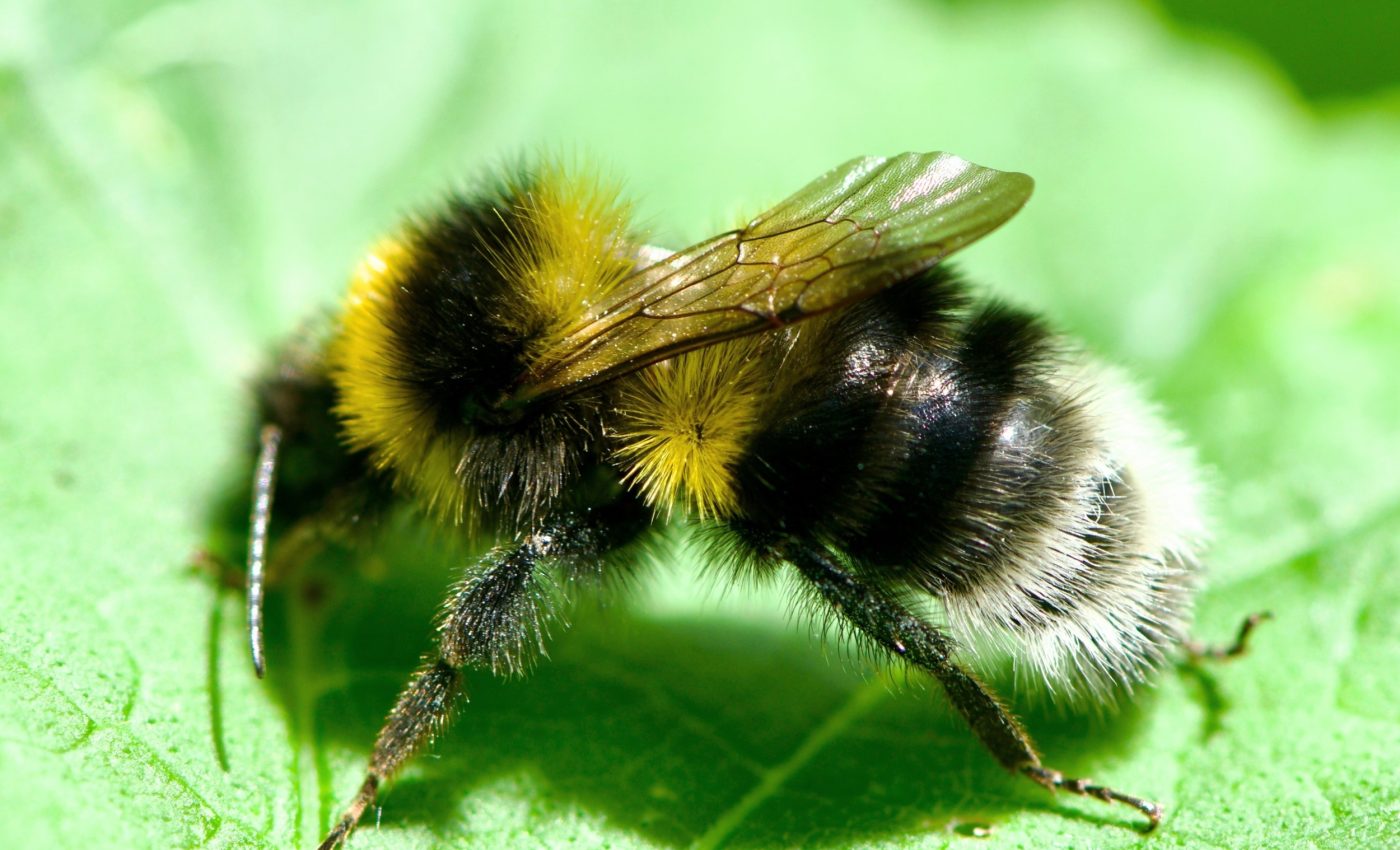
Bumblebees can learn to read 'Morse code' to find food
Bees never stop surprising us with what they can do, and a new study has just added something unexpected to the list. Bumblebees can tell the difference between long and short flashes of light.
This may sound like a small skill, but it points to a type of timing ability that, until recently, showed up only in humans and a few other animals.
Scientists have known for years that bees are quick learners. They can sort colors, scents, and patterns without much trouble.Timing seemed tougher.
Timing shapes many parts of life, from movement to navigation, and most of what we understand about it comes from animals with much larger brains. This new work gives that field a fresh push.
Bees can learn patterns
The study was run by PhD student Alex Davidson and his supervisor, Dr. Elisabetta Versace, a senior psychology lecturer at Queen Mary University of London.
The team wanted to know if bumblebees could sort short and long visual signals the same way humans recognize dot and dash patterns in Morse code. In that system, a short flash means the letter E and a long flash means the letter T.
The researchers built a small maze where bees encountered two flashing circles. One emitted a short flash and the other a long one. Only one led to a sugar reward, while the other was paired with a bitter substance that bees naturally avoid.
The team also changed the position of each flashing circle at every stop in the maze so bees could not rely on location. When the bees finally learned the pattern, the researchers removed the sugar to check what the bees had actually learned.
Most of the bees went straight for the flash duration that once gave them sugar. They did this even when it appeared in a new spot, which showed that they were choosing based on timing alone.
What the bees revealed about timing
“We wanted to find out if bumblebees could learn to the difference between these different durations, and it was so exciting to see them do it,” said Davidson.
“Since bees don’t encounter flashing stimuli in their natural environment, it’s remarkable that they could succeed at this task.”
The fact that they could track the duration of visual stimuli might suggest an extension of a time processing capacity that has evolved for different purposes, such as keeping track of movement in space or communication, noted Davidson.
“Alternatively, this surprising ability to encode and process time duration might be a fundamental component of the nervous system that is intrinsic in the properties of neurons. Only further research will be able to address this issue.”
The idea that insects can process time at this level raises a lot of questions. The tools animals use to track long cycles, like day and night or seasonal changes, work far too slowly to explain what the bees did in the maze.
Researchers have suggested everything from a single fast internal clock to several smaller systems running at once. This study gives them a way to test those ideas in brains that are smaller than one cubic millimeter.
Inspiration from bee intelligence
“Many complex animal behaviors, such as navigation and communication, depend on time processing abilities,” said Dr. Versace.
“It will be important to use a broad comparative approach across different species, including insects, to shed light on the evolution of those abilities.”
According to Dr. Versace, processing durations in insects is evidence of a complex task solution using minimal neural substrate.
“This has implications for complex cognitive-like traits in artificial neural networks, which should seek to be as efficient as possible to be scalable, taking inspiration from biological intelligence.”
Learning about insect timing
Scientists studying animal behavior often look for links between brain size and mental skills. Findings like this push that debate in an interesting direction.
If a bee can manage a task that looks so tied to memory and timing, there may be other skills tucked away in the insect world that we have not noticed.
This study also catches the attention of engineers. Machines built with small, efficient systems could benefit from the way insects handle information.
Nature tends to favor solutions that waste nothing. The more we learn about insect timing, the more ideas we might borrow for design and computing.
How bees fit into the timing puzzle
Bees already face many challenges, from loss of habitat to changes in climate. Studies like this remind us that these insects are not simple workers.
They have flexible, capable minds that help them survive in a shifting world. Even though bees do not experience flashing signals in the wild, their ability to learn timing on the fly shows how adaptable they can be.
The timing puzzle is far from solved. Scientists still need to pinpoint the exact neural circuits behind this skill.
For now, one thing is clear. These small creatures handle time in a way we never expected, and that opens new doors for how we understand life on every scale.
The full study was published in the journal Biology Letters.
—–
Like what you read? Subscribe to our newsletter for engaging articles, exclusive content, and the latest updates.
Check us out on EarthSnap, a free app brought to you by Eric Ralls and Earth.com.
—–













